How to make a mosquito trap from a plastic bottle?
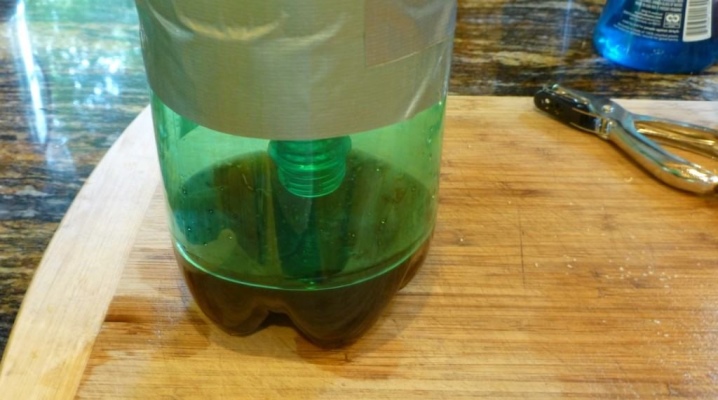
Mosquitoes become a circumstance that interferes with summer vacations and summer cottages. And if only female mosquitoes suck blood, they all buzz, giving no rest either at night or during the day. But people have learned to fight insects, at least partially removing them from their territory. For example, by making special traps.
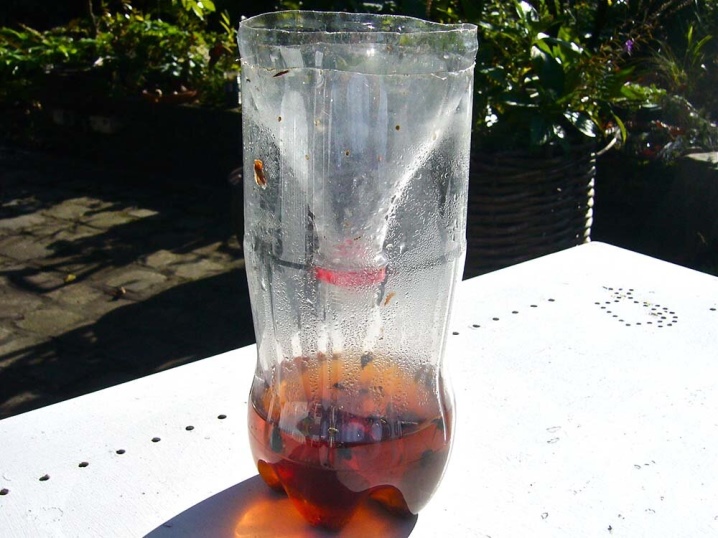
Peculiarities
A mosquito trap can be made from a plastic bottle. It works due to the fact that insects flock to the carbon dioxide released by the fermentation of baker's yeast (but there is also a yeast-free option). Animals and humans breathe out carbon dioxide, which is why mosquitoes are so attracted to them. But you can create an alternative source of carbon dioxide by tricking dipterans.
By the way, about why mosquitoes fly to people. They are attracted not only by the emitted carbon dioxide, but also by the heat. They also focus on moving objects. When a mosquito flies by and a person hears its buzzing, he hears the sound of insect wings - they work so quickly.
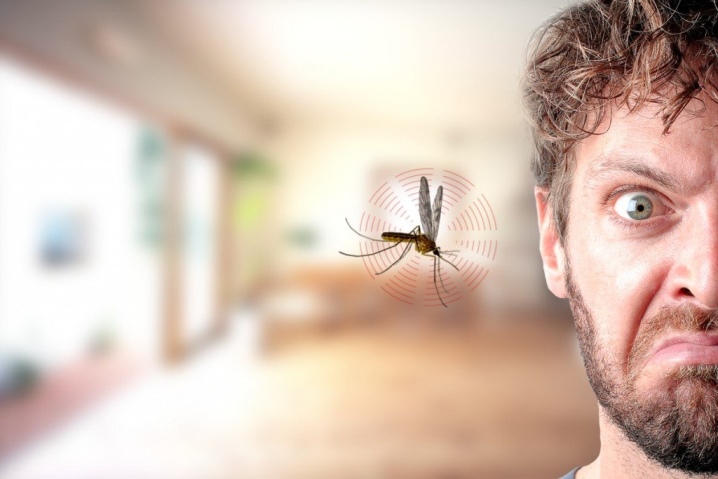
It is believed that the buzzing of wings is an attractive moment for individuals of the opposite sex, but this only annoys a person.
When a mosquito sits on human skin, it gently knocks on it with its proboscis. True, if the proboscis is examined under a microscope, it looks more like a stigma. Raising a hairy lip, the insect gently plunges a stylet into human skin, which is hollow inside. With it, he gropes for small capillaries and sucks blood, which lasts less than a minute. But first, it releases a substance into the blood that prevents it from clotting. Interestingly, he is able to swallow such an amount of blood that is 4 times more than himself.
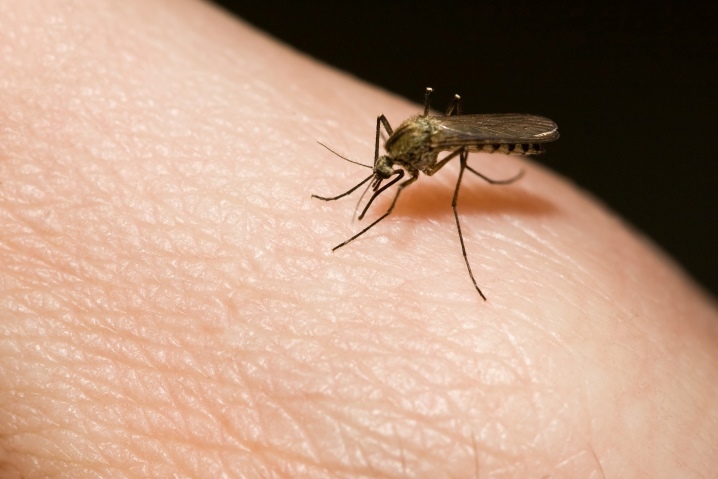
A person does not even feel the first bite in life, but then the body will already react to the proteins of the mosquito, which it releases, together with a special substance, into the blood. The bite site will itch and swell. And to avoid this, you just need to prevent mosquitoes from getting close to the person.
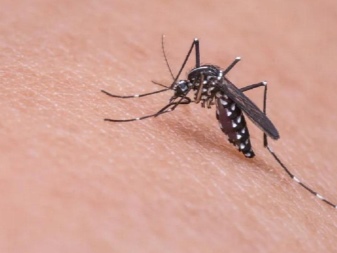
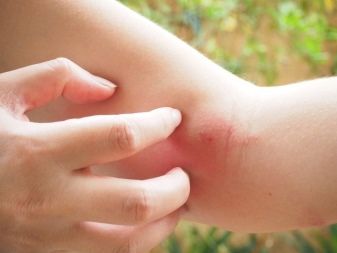
Homemade devices help reorient the insect. When yeast ferments, sugar becomes alcohol and emits carbon dioxide, which is highly attractive to mosquitoes. The bait works in nature and is considered to be quite effective. There are several ways to make it, but all will require the simplest plastic bottle.
What is necessary?
Baker's yeast is the most popular ingredient in all kinds of mosquito traps. Due to efficiency, availability and low cost.
And also in the manufacture of a trap you will need:
-
a plastic bottle of any color with a volume of 2 liters;
-
warm water in an amount of 200 ml, at a temperature not higher than 40 degrees (at higher thermal values, fermentation will stop);
-
50 g granulated sugar;
-
1 g baker's yeast;
-
black cloth or paper (opaque), aluminum foil can also be used.
To get rid of other pests, replace the yeast with honey, jam, or small pieces of fruit - something with a more pronounced odor.


Wrapped in dark fabric or foil, the trap successfully masks what is hidden inside it. Mosquitoes are deceived because the trap has no light, it seems safe to them. When they fall into the trap, they try to get up, but the narrow cone-shaped hole will prevent them from doing so. Sooner or later, insects will fall into the water and die there.
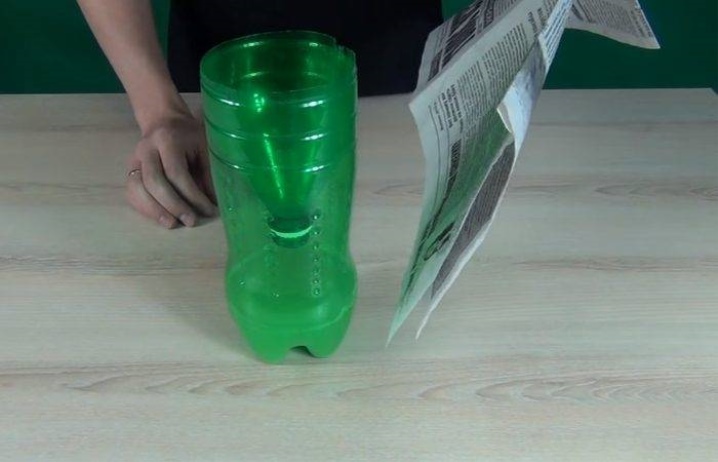
One trap works from 4 days to a week. Until the entire sweet element is fermented into alcohol.Then the bottle can be left, but the bait has to be changed (the old one becomes ineffective). If it is a trap for other insects, and there is jam or honey inside, it will be used continuously for 2 weeks.
Manufacturing technology
There are several options to consider. The first is more common, using yeast.

With yeast
The plastic bottle should be cut around the circumference of the circle so that the cone-shaped top is approximately one third of the length of the container as a whole. The water heats up to 30 degrees (maximum 40, but definitely not more, otherwise the yeast will die and not work). Sugar is added to the water, the composition is mixed. Then yeast is sent there, and everything is mixed again.
The mixture, which will attract mosquitoes, is poured into a bottle. A part cut off with a neck is inserted from above. If it turns out that the joints do not fit tightly enough, you need to take scotch tape or any adhesive tape and seal these areas. Carbon dioxide should have only one way out - a narrow neck. Otherwise, mosquitoes can collect on the outside of the plastic bottle.
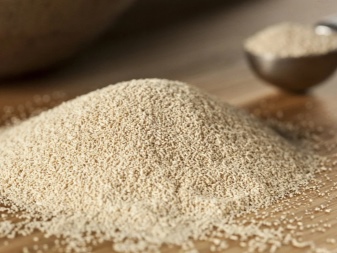

Next, wrap the bottle with a dark cloth or paper. The density of the materials is not so important, the main thing is that they make the object dark and impenetrable. The material is held together at the edges. It is recommended to place traps in dark corners of the room, veranda, garden - the place where they will be used. On the street, their use is not expected to be as effective.

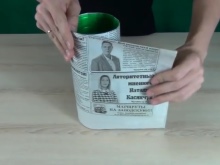
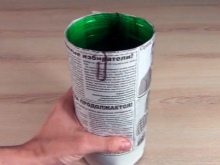
When yeast ferments, sugar becomes alcohol and carbon dioxide, dipterans flock to it. In addition, the trap generates heat and it also acts as a decoy. If foam is released during fermentation, it will have to be removed in a timely manner, otherwise it may block the neck. And the closed neck is the impossibility for the mosquito to fly into the neck. The solution should be changed at least once a week, sometimes more often.
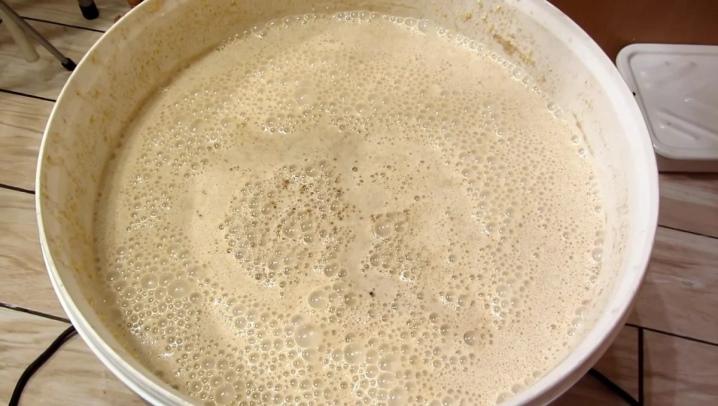
This method has a main advantage: the trap does not make any noise at all, but electrical analogs cannot boast of this (not everything is accurate). The main disadvantage of the trap is the specific smell associated with the fermentation process. This is why many are looking for yeast-free alternatives. And they are.
Yeast-free
A variant of the liquid that will be harmful to mosquitoes is vegetable oil. You will need 3-4 plastic bottles, 4 tablespoons of vegetable oil (the quality does not matter, it can be simpler), scissors.
Making such a trap with your own hands is quite simple.
-
Cut off the tops of the bottles slightly below the neck.
-
Grease the inside of large parts of the container with vegetable oil.
-
Locate the baits in places where mosquitoes accumulate as much as possible, holes are made on the sides, ropes are pulled in if the bottles need to be hung. All this is quickly and easily done at home.

If you want to act in a comprehensive manner, and there is no hope only for a trap, it's time to make additional mosquito repellents. If you combine different devices, the effect will undoubtedly increase. For example, you can use bunches of wormwood and tansy, the smell of which insects cannot stand. They do not like the smell of bird cherry leaves, and fresh cloves, lavender twigs, as well as mint and lemon balm.
If you spray the room (veranda / summer kitchen) with valerian, the number of winged uninvited guests will also decrease.
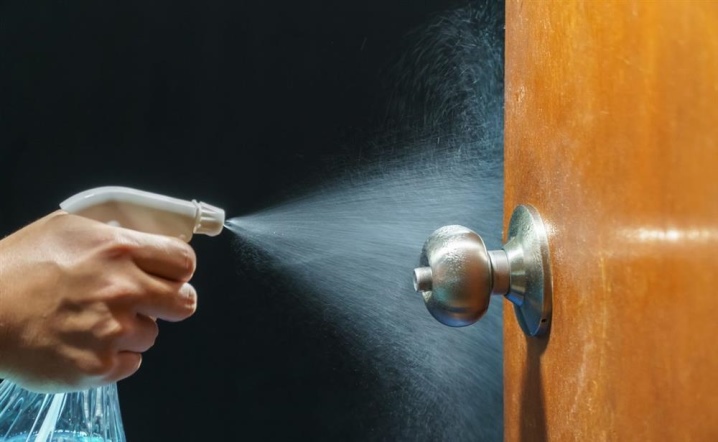
If you place pots with blooming pelargonium on the windowsills, mosquitoes will not fly into such a space. And even simple rosemary acts as a strong repeller on them. You can set fire to a pharmacy chamomile to fumigate the room, or take cones (pine or spruce), juniper needles, lavender shoots. These plants are also ideal for fumigation. And on the street they can be thrown into a fire so that mosquitoes do not interfere with the street evening by the fire.
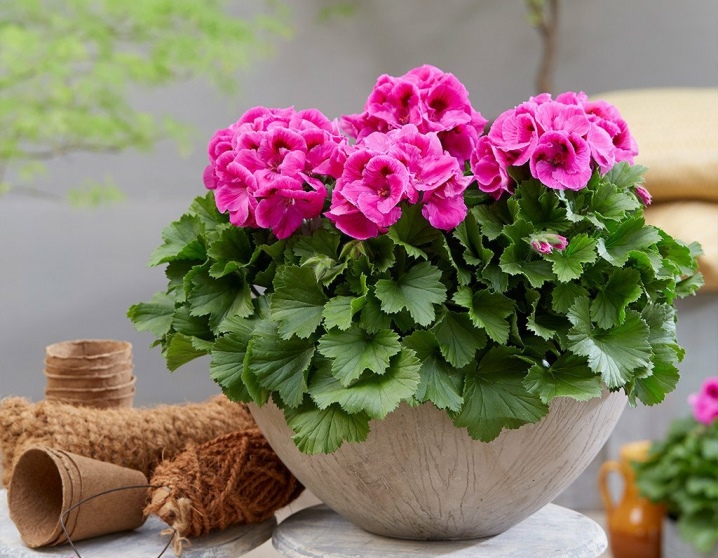
Before going to sleep, a drop of camphor oil can be dripped at the head of the bed - this will ensure a restful sleep without annoying buzzing. And if you dilute a little vanillin in a small amount of water, and smear yourself with this liquid, mosquitoes will fly around the person on the street.
The trap plus plant repellents work effectively and give greater guarantees than either of the proposed methods to use alone.
Let the problem be resolved faster, and nothing will disturb the delights of summer evenings and serene sleep on warm nights!
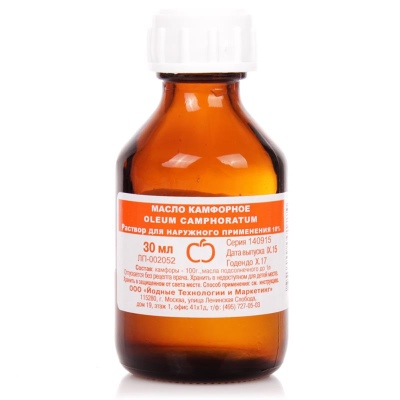
How to make a mosquito trap from a plastic bottle, see the video below.













The comment was sent successfully.